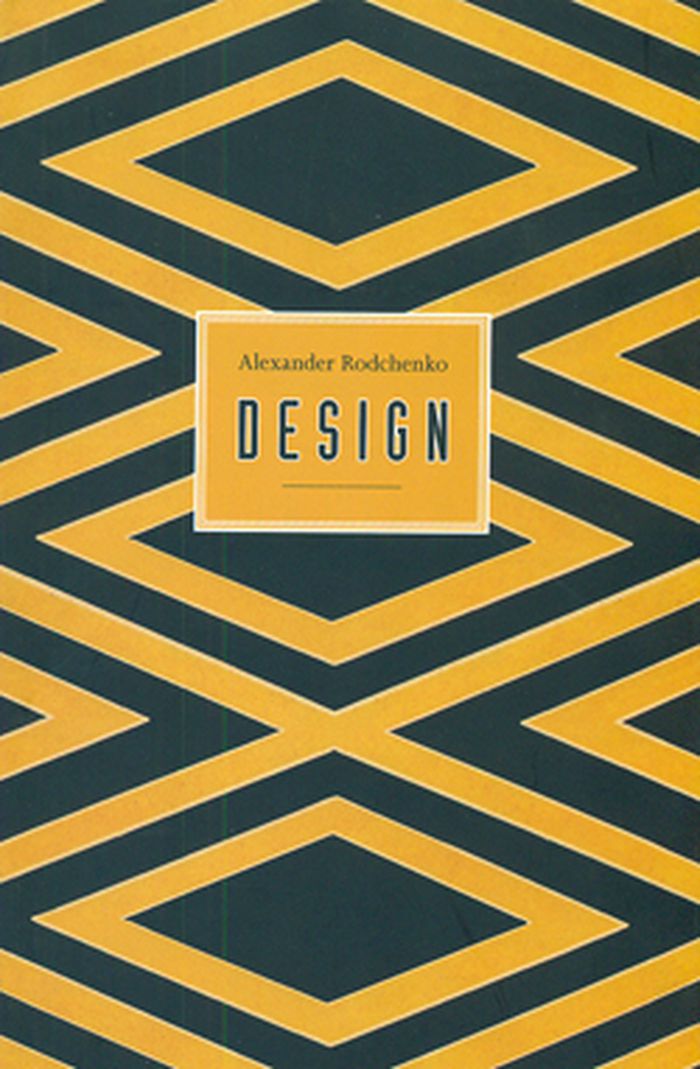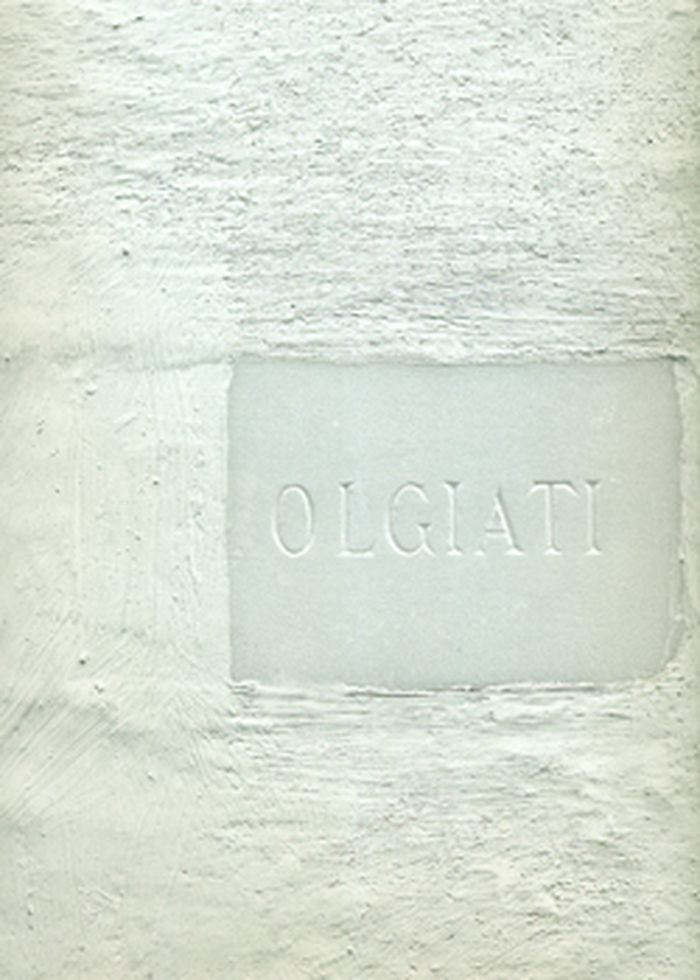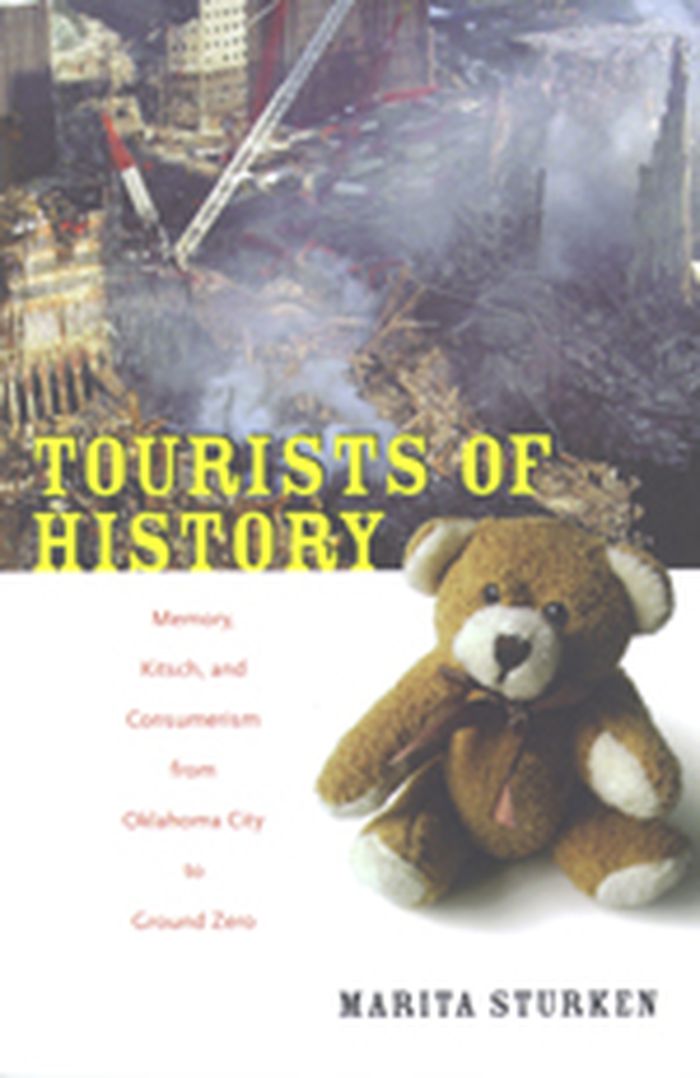Alexander Rodchenko, design
$29.95
(available to order)
Summary:
This book gives an introduction to the life and work of this versatile Russian artist Alexander Mikhailovich Rodchenko. He was a central figure in the Russian Constructivist art movement; a radical activist, a pioneer of photomontage, a theorist, and a teacher. He was an active force in the organization of the first museums of modern art that arose in Russia in the first(...)
November 2009
Alexander Rodchenko, design
Actions:
Price:
$29.95
(available to order)
Summary:
This book gives an introduction to the life and work of this versatile Russian artist Alexander Mikhailovich Rodchenko. He was a central figure in the Russian Constructivist art movement; a radical activist, a pioneer of photomontage, a theorist, and a teacher. He was an active force in the organization of the first museums of modern art that arose in Russia in the first years after the Russian Revolution of 1917. Attending art school in 1914 in Kazan was to be a defining influence: that year Russian Futurists performed in the town, and Rodchenko saw their leading figures in action. It transformed his vision and he was still working with Futurist artists and their ideas twenty-five years later. And it was at art school where Rodchenko first met the artist Varvara Stepanova, with whom he collaborated extensively, and who would become his life-long partner. Central in the re-examination of art and its place in society after the Revolution, and in the search for a new culture without the class implications of the past, Rodchenko's radical approach proposed a new understanding of a constructed, rather than a tastefully composed, culture. This concise, comprehensive and informative work focuses largely on Rodchenko's graphic work in the form of book jackets, posters and advertising. Abbemuseumr is Visiting Professor at The Courtauld Institute of Art in London.
$75.95
(available to order)
Summary:
Valerio Olgiati has worked as an architect in Los Angeles, Zurich, and, since 2008, in Flims. He has been a visiting professor at the Eidgenössische Technische Hochschule (Swiss Federal Institute of Technology) in Zurich, the AA in London, and at Cornell University in Ithaca, New York. Since 2002 he has been professor at the Accademia di architettura in Mendrisio and(...)
Dado : built and inhabited by Rudolph Olgiati and Valerio Olgiati
Actions:
Price:
$75.95
(available to order)
Summary:
Valerio Olgiati has worked as an architect in Los Angeles, Zurich, and, since 2008, in Flims. He has been a visiting professor at the Eidgenössische Technische Hochschule (Swiss Federal Institute of Technology) in Zurich, the AA in London, and at Cornell University in Ithaca, New York. Since 2002 he has been professor at the Accademia di architettura in Mendrisio and since autumn 2009 he has held the Kenzo Tange Chair at Harvard. The unmistakable straight lines and independence of his buildings has brought him international attention. The Olgiati’s family estate is located in the historical town center of Flims. Rudolf Olgiati (1910–95) purchased the property, known as Dado, in 1930 and throughout his life used it to realize his architectural thoughts and ideas. Today, the son is living in his father’s house, and in 2008 he set up his much-admired architectural firm on the former site of the barn. This publication portrays the life and work of both architects using the example of the house and studio - that is, through the transformations they have undergone at the hands of their residents over a period of nearly eighty years. It shows personal furniture and objects, the individual layout and design of the spaces, and hence the penchants and attitudes of the two architects. At the same time this unusual portrait documents not only the relationship between father and son but also the characters of two generations and their understanding of architecture and aesthetics.
Architecture Monographs
$29.99
(available to order)
Summary:
In this book the cultural critic Marita Sturken argues that over the past two decades, Americans have responded to national trauma through consumerism, kitsch sentiment, and tourist practices in ways that reveal a tenacious investment in the idea of America’s innocence. Sturken investigates the consumerism that followed from the September 11th attacks; the contentious,(...)
Transportation, Tourism, Migration
November 2007, Durham
Tourists of History: memory, kitsch, and consumerism from Oklahoma City to Ground Zero
Actions:
Price:
$29.99
(available to order)
Summary:
In this book the cultural critic Marita Sturken argues that over the past two decades, Americans have responded to national trauma through consumerism, kitsch sentiment, and tourist practices in ways that reveal a tenacious investment in the idea of America’s innocence. Sturken investigates the consumerism that followed from the September 11th attacks; the contentious, ongoing debates about memorials and celebrity-architect designed buildings at Ground Zero; and two outcomes of the bombing of the Alfred P. Murrah Federal Building in Oklahoma City: the Oklahoma City National Memorial and the execution of Timothy McVeigh. Sturken contends that a consumer culture of comfort objects such as World Trade Center snow globes, FDNY teddy bears, and Oklahoma City Memorial t-shirts and branded water, as well as reenactments of traumatic events in memorial and architectural designs, enables a national tendency to see U.S. culture as distant from both history and world politics. A kitsch comfort culture contributes to a “tourist” relationship to history: Americans can feel good about visiting and buying souvenirs at sites of national mourning without having to engage with the economic, social, and political causes of the violent events. While arguing for the importance of remembering tragic losses of life, Sturken is urging attention to a dangerous confluence—of memory, tourism, consumerism, paranoia, security, and kitsch—that promulgates fear to sell safety, offers prepackaged emotion at the expense of critical thought, contains alternative politics, and facilitates public acquiescence in the federal government’s repressive measures at home and its aggressive political and military policies abroad.
Transportation, Tourism, Migration


